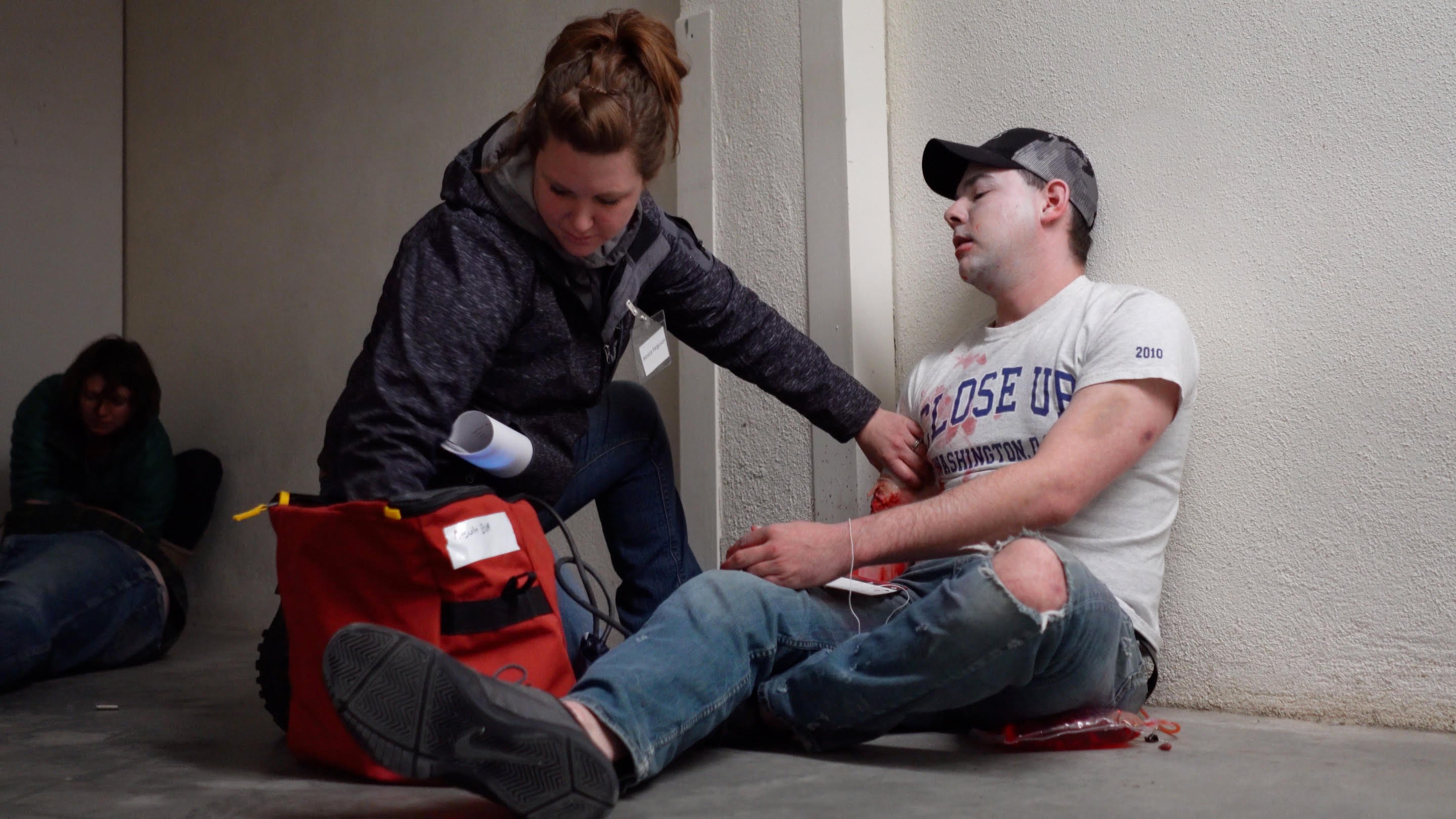
Every year the world’s nine leading Cardiopulmonary Resuscitation and Emergency Cardiac Care organizations compile their most up-to-date research to improve the current CPR and ECC guidelines. This year, 2019, the International Liaison Committee on Resuscitation released the updated CPR and ECC guidelines near the end of November. "These annual updates," says AHA's website, "allow the rigor of a comprehensive review and expert consensus in as close to real-time as possible." So these newest "hot-off-the-press" updates will be critical in the coming months and years of your practice. They'll help you continue to stay sharp, be prepared, and stay on the cutting-edge of patient care and improved patient outcomes. Whether you're currently certified, or looking to get certified, here's what you need to know about these vital new updates.
 What was updated?
What was updated?
New updates were added to a variety of areas, including:
- Dispatch CPR
- First Aid care for presyncopal patients
- Advanced Airway placement during ACLS efforts
- Neonatal oxygen concentration targets
- And more
The changes are too numerous to fully outline in this blog, but keep reading to get the highlights for your provider level. The American Heart Association (AHA) has created an easy-to-digest outline of all the updates and changes on a special "updates dashboard" on their website. (Click here to go to the official 2019 AHA CPR & ECC Guidelines updates page). We highly encourage you to take the time to familiarize yourself with these updates, to improve provider relevance and ultimately, patient outcomes.
What are some of the key updates for my provider level that I should know about?
ACLS: (Advanced Airway Choice)
In a prehospital EMS system with low intubation success rates or low endotracheal tube placement opportunities, it is appropriate to insert a supraglottic airway if the patient requires an advanced airway. Click here to access the ACLS guidlines.
BLS: (Ventilation Ratio)
Once an advanced airway is in, endotracheal tube or supraglottic airway, the rescuer should provide asynchronous ventilations at a rate of one every 6 seconds while compressions are given continuously. Click here to access adult BLS guidelines.
Neonatal Resuscitation: (Initial Oxygenation)
In term and late-preterm newborns (≥35 weeks of gestation) receiving respiratory support at birth, the initial use of 21% oxygen is reasonable. One hundred percent oxygen should not be used to initiate resuscitation because it is associated with excess mortality. Click here to access Neonatal Resuscitation guidelines.
PALS: (Targeted Temperature Management)
For infants and children between 24 hours and 18 years of age who remain comatose after out-of-hospital cardiac arrest or in-hospital cardiac arrest, it is reasonable to use either Targeted Temperature Management 32°C to 34°C followed by Targeted Temperature Management 36°C to 37.5°C or to use Targeted Temperature Management 36°C to 37.5°C. Click here to access PALS guidelines.
General Public CPR/First Aid: (Presyncopal First Aid)
If a person is experiencing signs of presyncope (pallor, lightheadedness, dizziness) of vasovagal or orthostatic origin, it is appropriate for the patient to execute physical counterpressure maneuvers to avoid syncope. Click here to access General Public First Aid guidelines.
What do I need to do if I'm already certified?
If you're currently certified through the AHA, you do not need to re-certify at this time. That said, it will still be important for you to familiarize yourself with the updated guidelines. Click here to see the official AHA updated guidelines.

Where can I get trained and certified under these new guidelines?
We've got your back! With these recent updates, all of Best Practice Medicine’s AHA courses will be taught using the updated 2019 guidelines. To learn more about about our AHA courses and trainings, please visit our American Heart Association Courses page here. And if you have any questions, please don't hesitate to contact us anytime!

